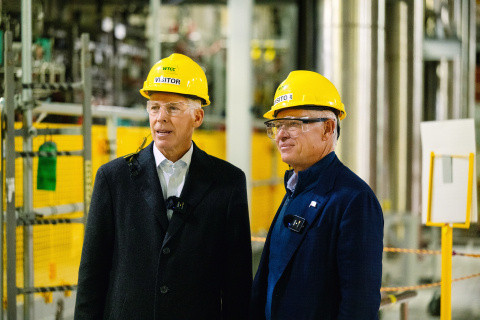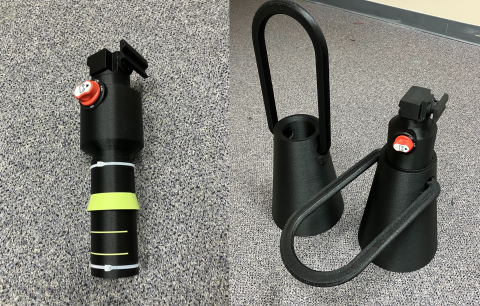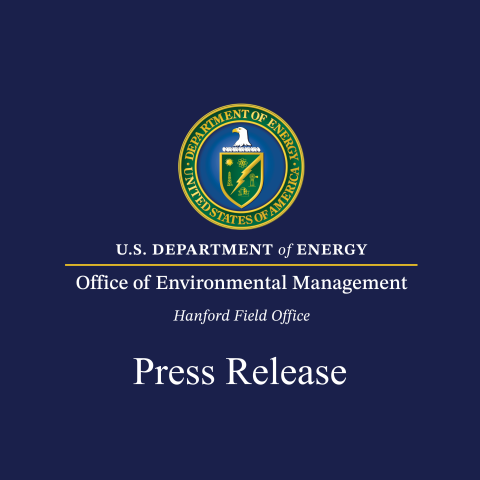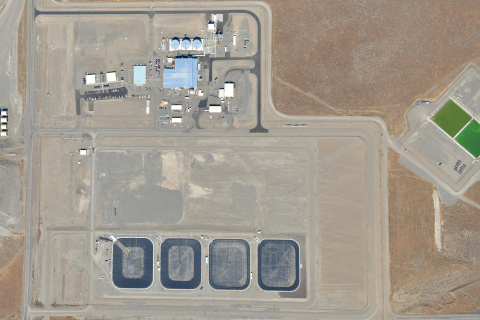
A trio of new and improved filters in a key operating facility at the Savannah River Site has optimized efficiency and accelerated production of the radioactive waste tank cleanup mission — marking the completion of a U.S. Department of Energy Office of Environmental Management priority to execute key cleanup to safely address the risk associated with legacy waste. December 23, 2025

Crews at the Hanford Site have introduced an advanced metal coating technology to help extend the life of underground tanks that hold radioactive waste. December 16, 2025

Assistant Secretary Tim Walsh welcomed U.S. Secretary of Energy Chris Wright to the Hanford Site.

The Hanford Site’s Waste Treatment and Immobilization Plant has reached another major commissioning milestone, producing more than 20 stainless steel containers of immobilized low-activity waste. December 9, 2025

Workers at the Hanford Site have made room for more than 1 million gallons of waste storage, supporting cleanup efforts to transfer waste from older underground tanks to newer, double-shell tanks. November 25, 2025

Engineers with the contractor cleaning up the radioactive tank waste at the Savannah River Site (SRS) have developed a 3D-printed tool that can eliminate months from the tank waste sampling timeline. November 25, 2025

The Hanford Site has successfully started up its Low-Activity Waste Facility, a key component of the Waste Treatment and Immobilization Plant that has begun to solidify Hanford tank waste in glass for the first time. This achievement, supported by the Department of Energy’s Office of Environmental Management meets the October 15, 2025, Consent Decree legal commitment with the state of Washington.

Workers at the Hanford Site treated more than 7.25 million gallons of wastewater over a six-month period that ended recently. September 30, 2025

The U.S. Department of Energy Office of Environmental Management is nearing completion of a campaign in Idaho that involves reconditioning previously containerized transuranic waste to allow its safe shipment to the Waste Isolation Pilot Plant in New Mexico for permanent disposal. September 30, 2025
The U.S. Department of Energy Office of Environmental Management has reached another significant milestone with concurrence from regulators that radioactive waste has successfully been removed from another tank at the Savannah River Site. September 23, 2025

